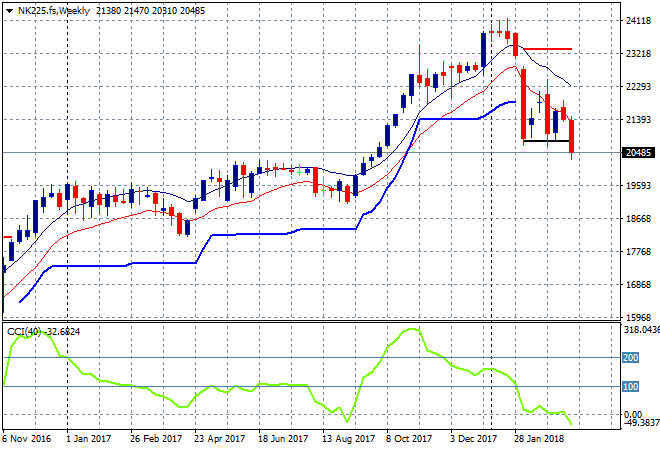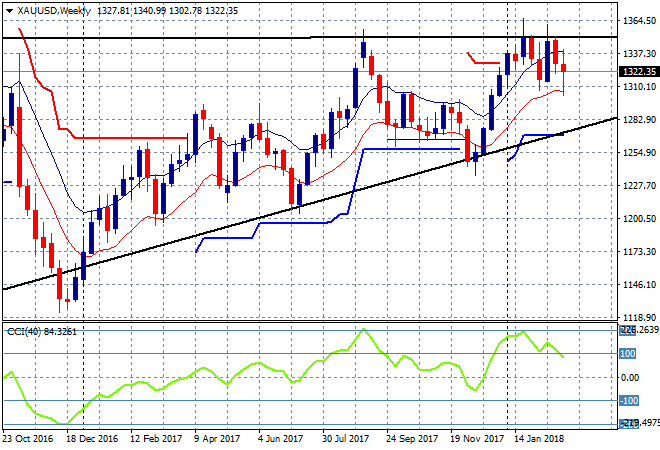


Nonetheless, DE Shaw is one of the notable players in the hedge fund space today, with more than $50 billion assets under management.Ī considerable portion of the hedge fund’s popularity is owed to being the place where Jeff Bezos first started working on the company that would later be known as Amazon. With the exposed extension cords and pipes, tripping on a given cable could have easily shut down the whole trading system. Back in the day, the growing hedge fund established by a former professor of computer science at Columbia University, David Shaw, was simply a scrappy startup.
De shaw macro trading drivers#
To grow this further, the company is expanding into something dubbed “risk premia”, systematically exploiting theoretically timeless drivers of returns, such as the tendency for smaller or cheaper stocks to outperform the overall market over time.In 1988, Revolution Books, a tattered communist bookstore situated near New York-based Union Square, got some unusual neighbors: a group of programmers attempting to make it in the financial markets. DESIM has quintupled in size since 2011 and now manages $24bn. However, the biggest opportunities, the firm believes are in good old fashioned long-only equity investing: “DE Shaw still sees plenty of opportunities in the quantitative investing side, especially its “long-only”, non-hedge fund investing business, DE Shaw Investment Management. These can range from tiny, fleeting arbitrage opportunities between closely-linked stocks that only machines can detect, to using new alternative data sets such as satellite imagery and mobile phone data to get a better understanding of a company’s results.”

They then hoard as many of these signals as possible and systematically mine them until they run dry - and repeat the process. The goal is to find patterns on the fuzzy edge of observability in financial markets, so faint that they haven’t already been exploited by other quants. However, “DE Shaw runs some quant strategies so complex or quick that they are in practice almost beyond human understanding - something that many quantitative analysts are reluctant to concede. It would appear that in all of these approaches, quantitative techniques provide the main framework with discretion being applied at the margin. The 1300 people (including 80 PhDs) who work at DE Shaw use a mixture of quantitative and discretionary approaches to make money. Its $7.6bn “macro” fund, Oculus, returned 5.9 per cent in 2018, and the $7bn stocks-focused Valence made 8 per cent.” That was its seventh double-digit gain of the past decade, over which period it has not suffered a losing year. “They’re like a calibrated machine that can respond to nearly every market,” says the head of an investment bank’s hedge fund trading desk.”ĭE Shaw’s performance numbers are already the stuff of legend: “Last year its flagship $14bn Composite Fund - which has been closed to new investors since 2013 - returned over 11 per cent to investors net of fees, despite the turmoil in financial markets. Many in the industry believe this is the future…The combination of DE Shaw’s performance and the secrecy around exactly what it does both vexes and fascinates rivals and counterparties. This symbiosis has been dubbed “quantamental” by asset managers now attempting to do the same. It is now a leader in combining quantitative investing with traditional “fundamental” strategies driven by humans, such as stockpicking.
De shaw macro trading series#
This article on the secretive hedge fund – based on a series of interviews with its senior management – is the closest most of us will get to understanding one of the first and most successful quant funds: “…DE Shaw has evolved dramatically from the algorithmic, computer-driven “quantitative” trading it helped pioneer in the 1980s. It is the fourth highest grossing hedge fund of all time having generated nearly US$29bn for its clients since inception. That startup is today one of the largest hedge funds in the world – DE Shaw has US$50bn of assets under management. In 1988, David Shaw, a computer science professor in Columbia University created a small company above a bookshop – Revolution Books – in New York City.


 0 kommentar(er)
0 kommentar(er)
